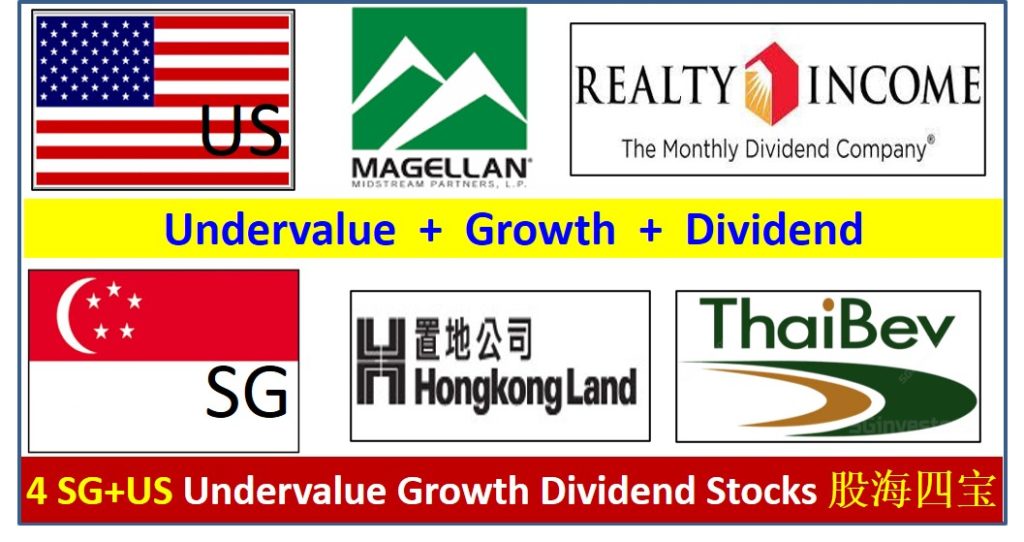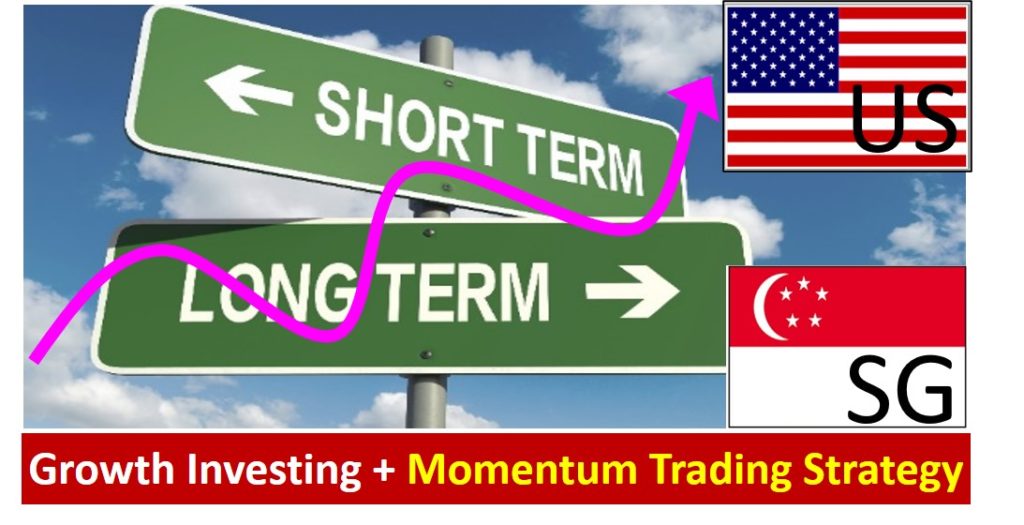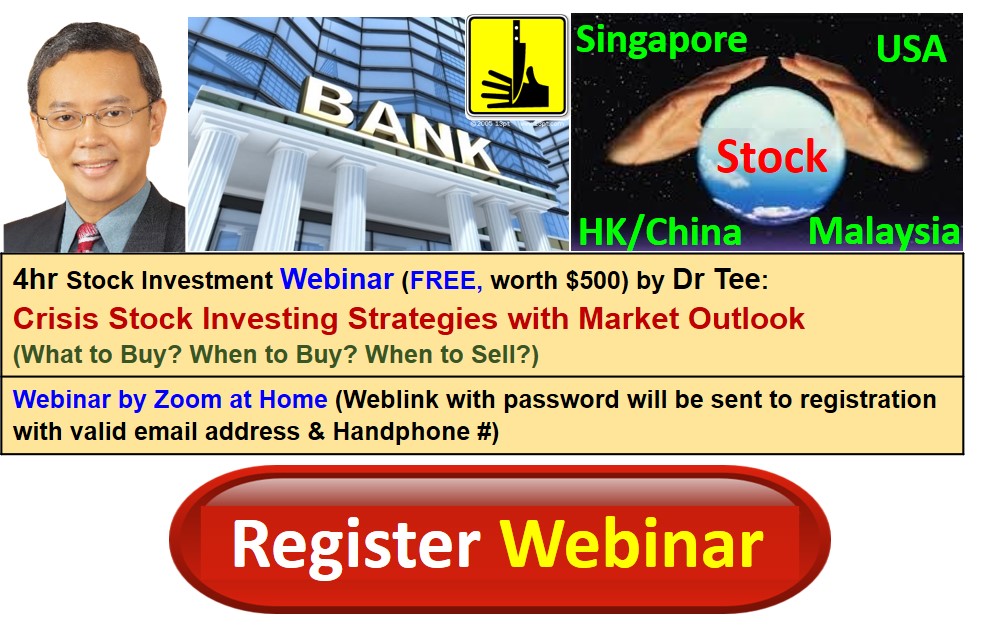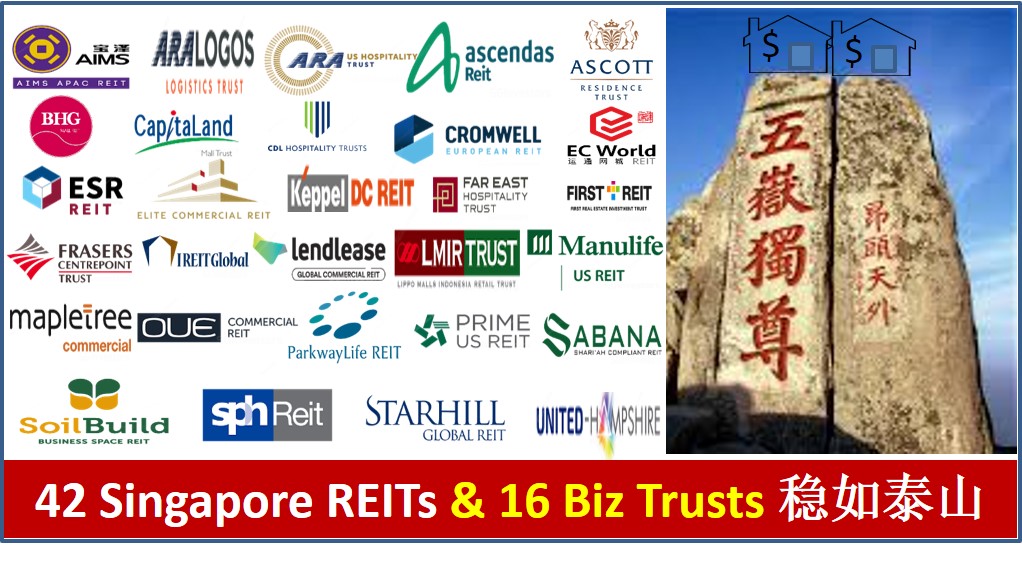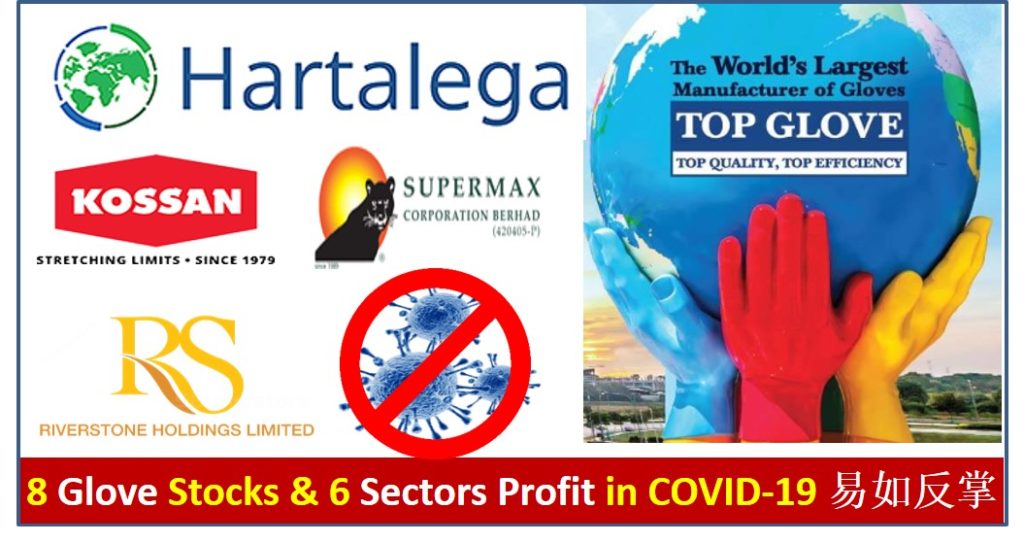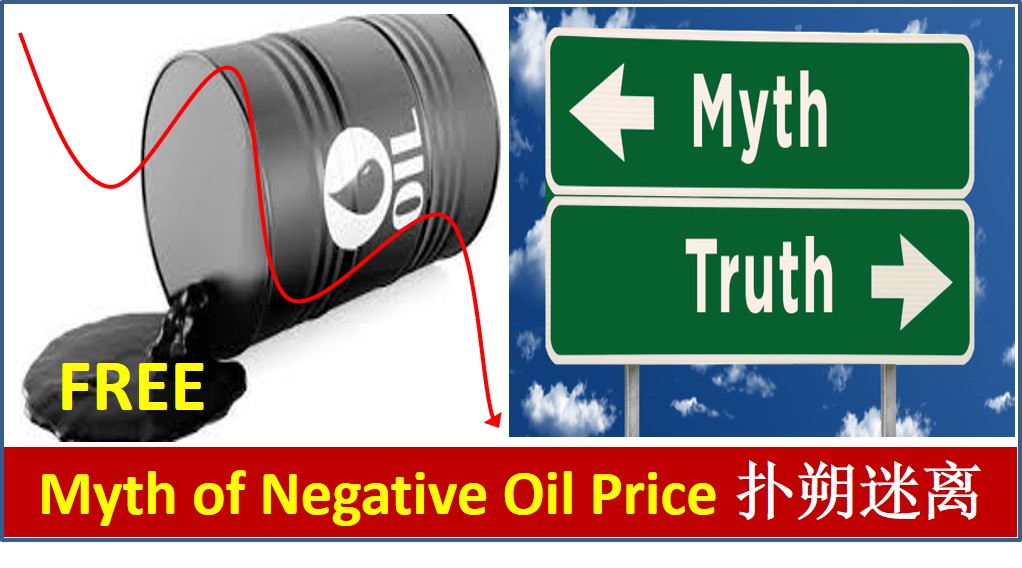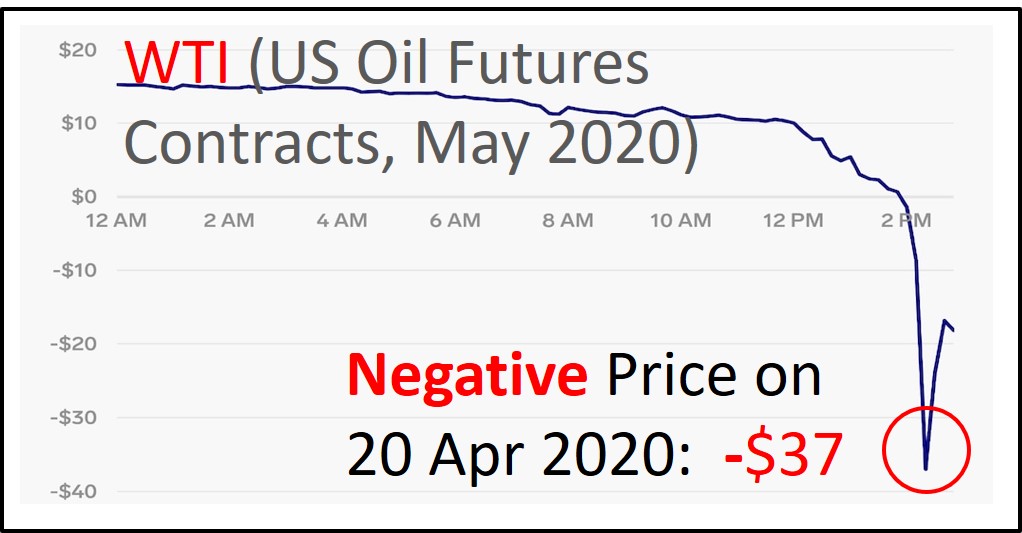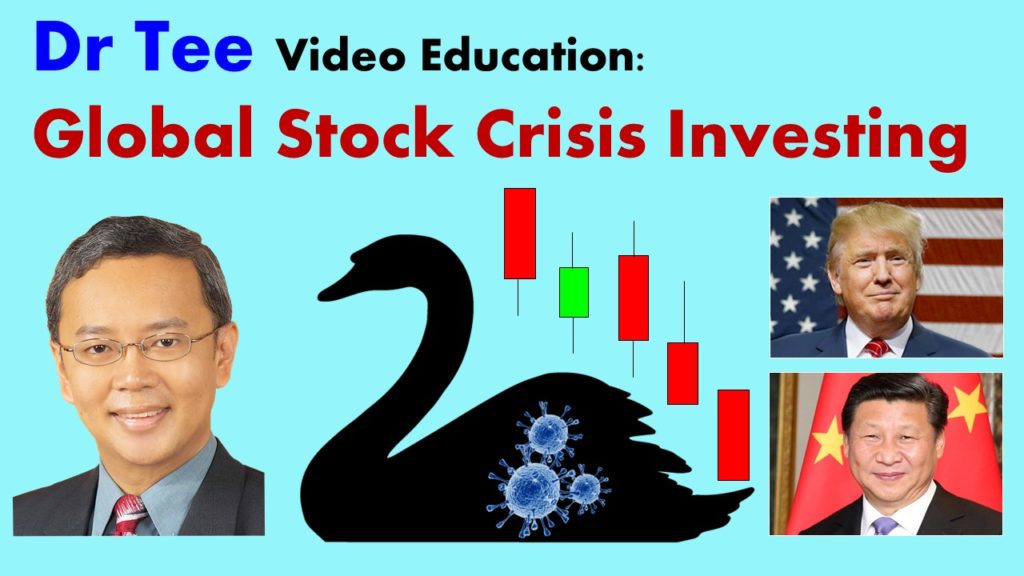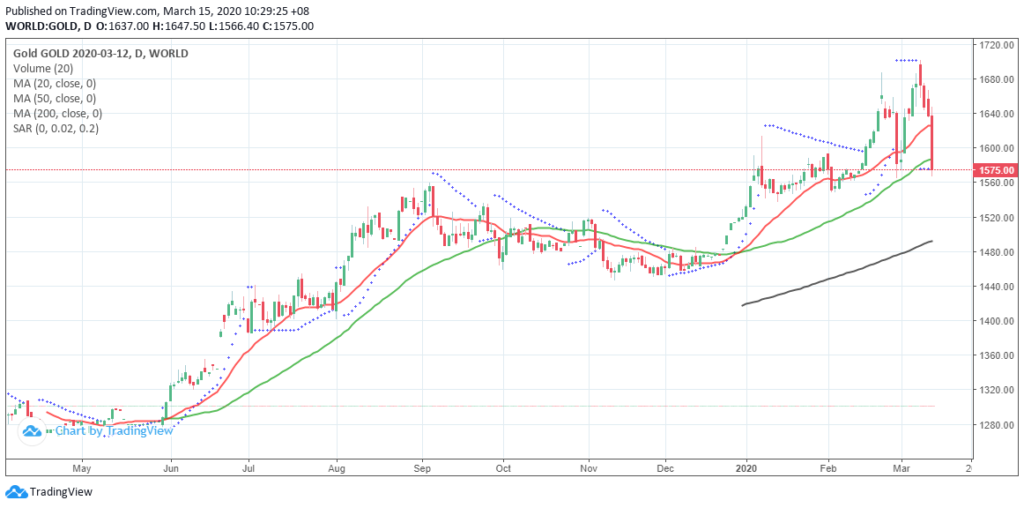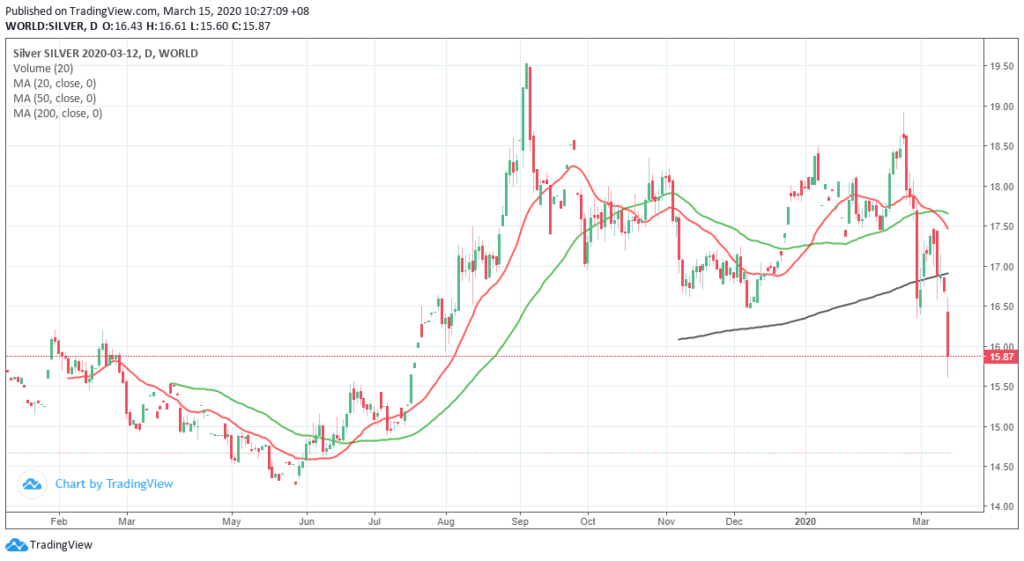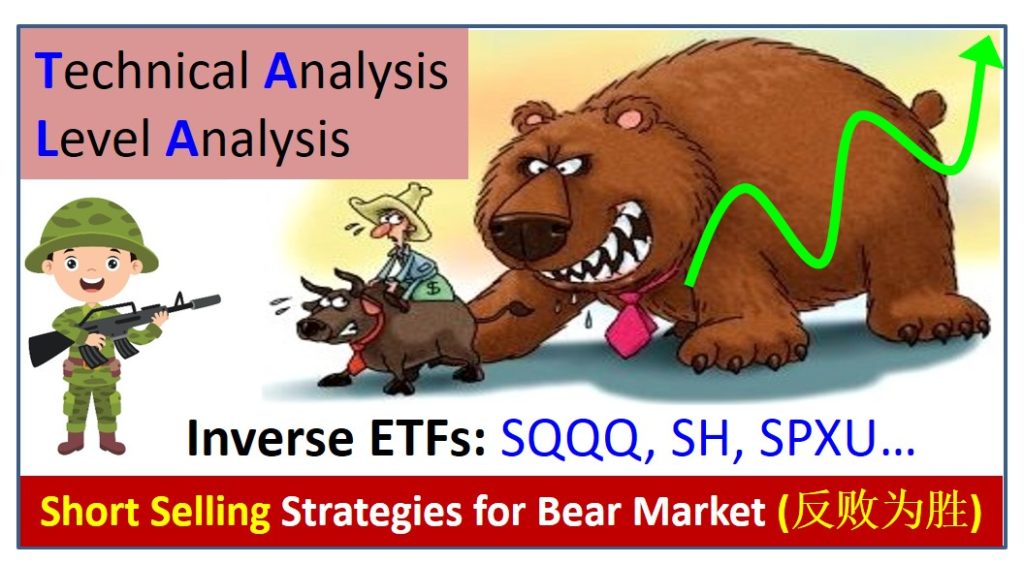
Over the past 6 months, the Fed starts to increase interest rate drastically to suppress the high inflation rates over 8%. As a result, global stock markets experienced second round of stock crisis since Mar 2020 (pandemic crisis) with over 20%-50% major correction in most stocks, especially technology stocks in US Nasdaq and Hong Kong.
Current global economy is still relatively strong but any black swan (eg. Russian-Ukraine war escalated to higher level, crash in property / bond / commodity /forex markets, political instability with major economy, new COVID variants, etc) may drag it into global financial crisis.
Instead of worrying about uncertain markets, a trend-following trader may leverage on market fear to potentially profit from falling stock prices with short-selling. As for smart investors, there is option to hedge against the declining portfolio value of long term position with inverse ETFs, especially for those who are not familiar with short-selling.
Crisis could be Opportunities if an investor or trader knows how to apply short-selling strategies during bearish stock market. Let’s learn further from Dr Tee on how to take action in current stock markets with shorting strategies:
1) Short Selling Strategies
It is more common to short sell a stock with CFD (Contract for Difference), making profit with falling of the prices over a period of time. Since the global stock market (especially indices for major economies) are growing in long term, therefore it is more suitable to consider shorting with short term strategy.
Since business fundamental has less changes in short term (eg. a few weeks or a few months), main focus for shorting is on Technical Analysis (TA) of share prices with consideration of Level Analysis (eg. L2 sector and L3 country performances)
Here are 2 main considerations:
1.1) Technical Analysis
In contrary to normal long position (Buy & Hold), shorting has higher probability in a bearish stock market with declining prices (eg. dropping over 10-20% in a few months). A trader may focus on stocks which show consistent trend of “lower lows and lower highs” of share prices, initiating shorting position when the price pattern below certain support (eg. neckline of double top, support of a price channel, etc) or recording a new intermediate low over the past few weeks / months (price just falls below the support).
Most experienced traders apply CFD for short selling with margins. Since it involves leveraging, it is possible a trader to lose more than initial capital, especially if there is no risk management such as stop loss. Therefore, it is critical to apply S.E.T. (Stop Loss / Entry / Take Profit) in a trading plan. Position size is also important to limit the potential loss within comfortable level before aiming for higher return with CFD leveraging.
For example, after shorting is initiated, a trader needs to set a higher price as stop loss (shorting is reversed strategy, making money with falling prices, making loss with rising prices), eg. if entry with price below the support, then stop loss is naturally when there is a false breakout (price is returned above the support). Each trader may have unique risk tolerance level, eg 5-10%, and difference profits target, with / without leveraging. When shorting selling is successful (price falling as expected), a trader may apply a trailing stop (eg. moving average, MACD and other common TA indicator), cover the shorting position (closing the shorting position) when there is a reversal signal with rising prices, taking profits at this stage while waiting for the next opportunity to short again.
Short term trading, especially short selling with CFD, requires strong commitment to trading plan, removing emotions due to volatile daily prices. Intra-day trading is more speculative as any unexpected daily news may cause a surge in daily prices. Ideally, short term trading requires consideration of price in a few weeks to a few months.
1.2) Level Analysis
Level Analysis is mainly to align individual stock (Level 1) with sector (Level 2) or country indices (Level 3) to maximize the strength of price trends. For example, when market leaders such as S&P 500 Index or Nasdaq Index (Level 3) records a new lower price over the past 6-12 months with bearish TA trends, if sector (Level 2, eg Technology Sector – XLR) also follows, then probability for Level 1 technology stocks (eg. FANG / software / semi-conductor and related stocks) to fall will be higher. The quality of shorting would be higher after such Levels 1-2-3 alignment.
Therefore, when indices are recovering (eg. reversed from bear to bull) one day, it would be more risky to short at a stock which may be still bearish. The consideration is similar to long a stock (Level 1, less than 10% stocks could still be bullish currently) while the indices (Level 3) are bearish, probability of success will be lower.
2) Inversed ETFs
For retail traders who are less familiar with short selling or CFD, may consider inversed ETFs, which would grow in prices (as if long strategy) with falling of indices. The application is limited to major Levels 2-3 indices (eg. certain sector and country indices ETF), very few on individual stocks (except for popular stocks such as Apple, Tesla, etc).
Even for investors who hold on to current stock portfolio, may apply inverse ETF as a hedging tool to limit or stop the losses in a bearish stop market. If Level 2-3 indices falling trends are aligned to long term position of Level 1 stocks, an investor may apply a suitable inverse ETF to hedge against the bearish stock market to limit the losses of holding to current stock portfolio (if not selling).
For inverse ETF, there is option of 1X, 2X, 3X reverse return, eg. when Nasdaq falls by 1%, SQQQ would go up by 3X = 3%. This indirectly includes CFD leveraging into inverse ETF, allowing higher volatility (higher potential return with higher risk).
Here is a list of common inverse ETFs, sorted by fund size (SQQQ is the most popular):
https://etfdb.com/etfs/inverse/equity/
Here are some common ProShares Short ETFs:
PSQ (-1X Nasdaq Index)
SQQQ (-3X Nasdaq Index)
SH (-1X S&P 500 Index)
SPXU (-3X S&P 500 Index)
DOG (-1X Dow Jones Index)
SDOW (-3X Dow Jones Index)
YXI (-1X China A50 Index)
It is relatively safer to apply inverse ETF than CFD for short selling because a retail investor could apply normal long strategy (eg. Buy Low Sell High, Buy High Sell Higher) which is more natural. In addition, the loss of inverse ETF is limited to capital invested (assuming no stop loss is applied). However, inverse ETF has lack of choices, trends of Level 2-3 indices may not fully aligned with Level 1 individual stocks interested (which would be more suitable with CFD).
===================================
Shorting is mainly reversed strategy (aiming for lower prices) of usual long strategy (aiming for higher prices), riding the bearish share prices, breaking each critical support to start the shorting. It may be against the personalities of some investors, therefore it is possible to “Wait”, no need to “Short” during a bear market.
The global stock market continues to monitor the CPI (Consumer Price Index) or inflation, which likely to fall further over the next few months due to higher base for comparison 1 year ago (CPI is yearly economic data) unless there is another unexpected market surprises (eg. Russia stopping the supply of natural gas to Europe during the cold winter, US/China trade war escalated to the next level, etc).
===================================
There are over 2000 giant stocks in the world based on Dr Tee criteria, choice of 10 Dream Team giant stocks have to align with one’s unique personality, eg. for shorter term trading (eg. momentum or swing trading) or longer term investing (cyclic investing, undervalue investing or growth investing). Readers should not just “copy and paste” any stock (What to Buy, When to Buy/Sell) as successful action taking requires deeper consideration (LOFTP strategies – Level / Optimism / Fundamental / Technical / Personal Analysis) which you could learn further from Dr Tee Free 4-hr Webinar.
Drop by Dr Tee free 4hr webinar (learning at comfort of home with Zoom) to learn how to position in global giant stocks during COVID-19 stock crisis with 10 unique stock investing strategies, knowing What to Buy, When to Buy/Sell.
Zoom will be started 30 min before event, bonus talk (Q&A on any investment topics from readers) for early birds. There are many topics we will cover in this 4hr webinar, Dr Tee can have more time for Q&A if you could stay later after the webinar, you could ask on any global and local stocks including but not limited to 30 STI component stocks:
Ascendas Reit (SGX: A17U), CapitaLand (SGX: C31), CapitaLand Integrated Commercial Trust (SGX: C38U), City Development (SGX: C09), ComfortDelGro (SGX: C52), Dairy Farm International (SGX: D01), DBS Bank (SGX: D05), Frasers Logistics & Commercial Trust (SGX: BUOU), Genting Singapore (SGX: G13), Hongkong Land (SGX: H78), Jardine Cycle & Carriage (SGX: C07), Jardine Matheson Holdings JMH (SGX: J36), Keppel Corp (SGX: BN4), Keppel DC Reit (SGX: AJBU), Mapletree Commercial Trust (SGX: N2IU), Mapletree Industrial Trust (SGX: ME8U), Mapletree Logistics Trust (SGX: M44U), OCBC Bank (SGX: O39), SATS (SGX: S58), Sembcorp Industries (SGX: U96), Singapore Airlines (SGX: C6L), Singapore Exchange (SGX: S68), Singtel (SGX: Z74), ST Engineering (SGX: S63), Thai Beverage (SGX: Y92), UOB Bank (SGX: U11), UOL (SGX: U14), Venture Corporation (SGX: V03), Wilmar International (SGX: F34), YZJ Shipbldg SGD (SGX: BS6).
Dr Tee will cover over 20 case studies, Singapore giant stocks, eg. CapitaLand Integrated Commercial Trust (SGX: C38U), Singapore Exchange (SGX: S68), Keppel Corp (SGX: BN4), Top Glove (SGX: BVA), Jardine Matheson Holdings JMH (SGX: J36), Vicom (SGX: WJP) and many others, Malaysia giant stocks, Hong Kong giant stocks and US giant stocks, both long term investing and short term trading.
There are limited tickets left for this 4hr free webinar, please ensure 100% you could join when register: www.ein55.com
View quick preview video below, Dr Tee will introduce 10 key stock investment strategies (股票投资十招) to be learned in 4hr free stock webinar:
Register Here (Dr Tee Free 4hr Stock Webinar): www.ein55.com

